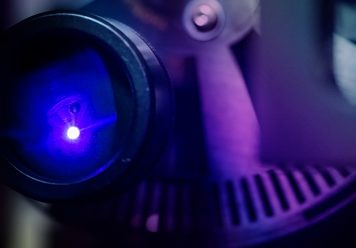Physical Modeling
Physical modeling is one of Nova’s key approaches to delivering a state-of-the-art metrology solution. Based on the spectral response from Nova’s wide range of measurement tools, the modeling approach, together with advanced algorithms, provides an accurate physical description of the device’s geometry, structure and material properties.
The physical modeling solution development is supported by a modeling suite that guides the user, step by step, to a turnkey model packaged (library) in which Nova’s inline metrology tool can be utilized.
Nova continues to improve time to solution (TTS) and library generation algorithms to ensure high accuracy and repeatability of parameters of interest. This gives customers insight into process metrology via physical result interpretation.


Why Physical Modeling?
As technology nodes continue to shrink, wafer structure – with its increasing levels of ambiguity – has become more complicated. Physical modeling is the method of choice for measuring such structures.
How it Works?
With this model-based approach, the measured signal is compared to a set of modeled signals from a known family of samples. The family is represented by several geometrical parameters whose range is known and limited by previous knowledge. Nova’s metrology tools utilize both deterministic samples (i.e. when the exact structure is known) and non-deterministic samples (i.e. when only structure statistics are known).
Evaluating the modeled signals requires finding the solution to a highly complicated scattering problem, such as the scattering of electromagnetic waves off a given sample. Nova has developed several innovative methods for solving this problem, continuously improving them for better speed and accuracy.
In addition to the interaction of the electromagnetic wave with the sample, Nova has developed sophisticated physical models that account for other components of the measurement system. An example is the subsystem that guides the light from the source to the sample and the subsystem that guides the scattered light from the sample to the detector. These models dictate the way the light scattered from the sample-light interaction combines to give an overall signal at the detector. As a result, comparing the modeled signal to the measured signal is performed at the most accurate reference level.




